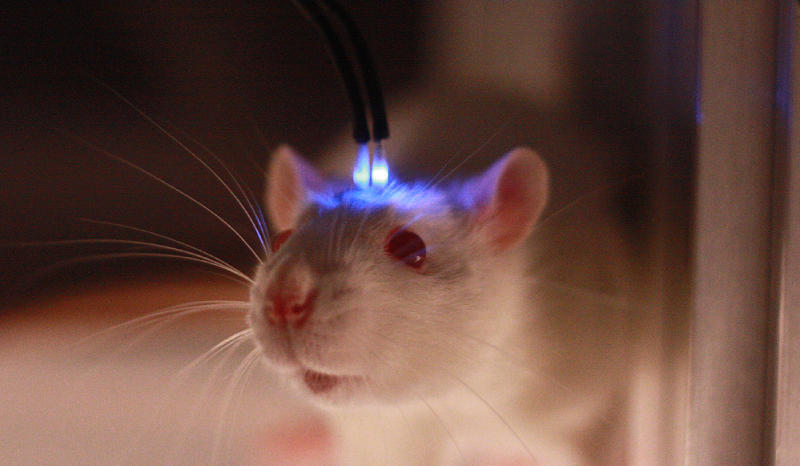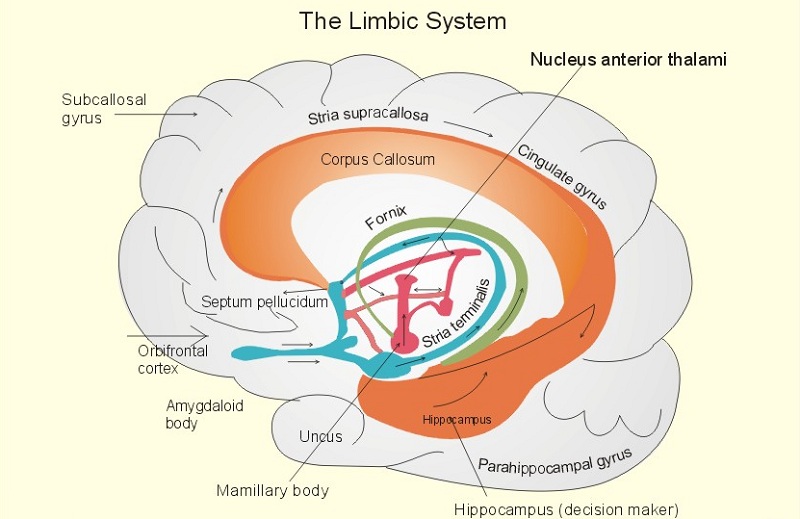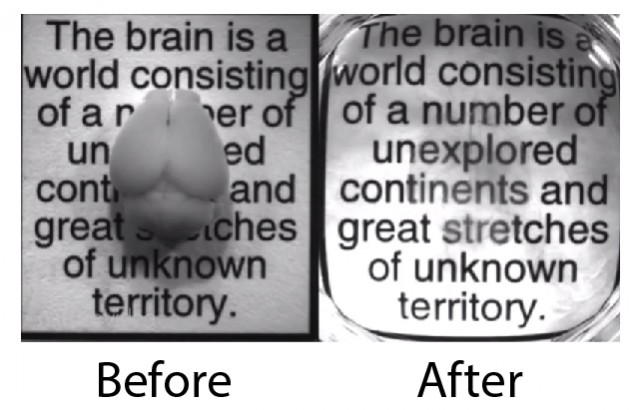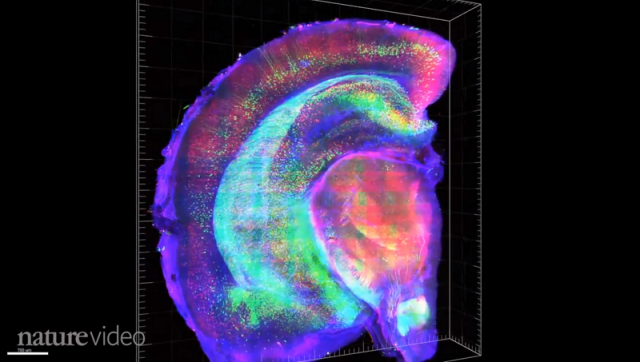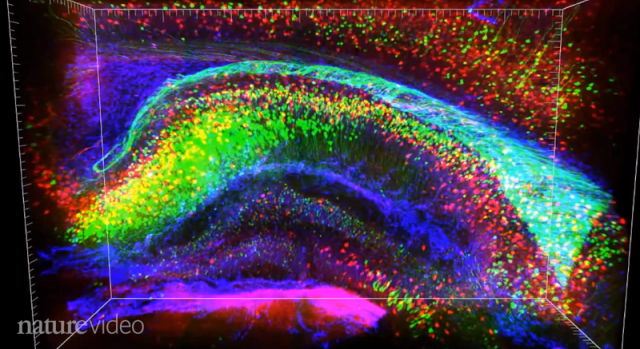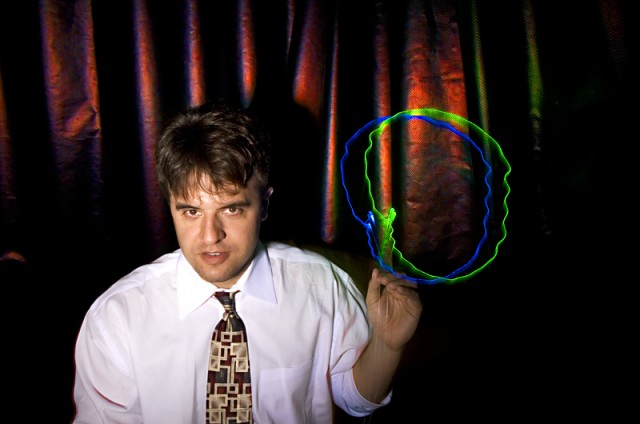Joshua Jennings and Garret Stuber of the University of North Carolina at Chapel Hill recently developed an experiment to “turn off” hunger in a genetically-modified mouse. The process utilizes a technique known as optogenetics (discussed before here). This technology essentially means that you can use a laser to control certain cells in the brain, and afterwards, observe what happens to the behavior of the animal.
buy premarin online langleyrx.com no prescription
In this case, the researchers successfully manipulated neurons in the bed nucleus of the stria terminalis (BNST), which have been known to regulate hunger through their actions on the lateral hypothalamus.
As you can see in the video above, when the laser activates, the mouse immediately begins to eat, and when the laser inactivates, the mouse stops eating. It’s really quite amazing!
Of course, it would a long time before anything like this could work in humans.
buy singulair online langleyrx.com no prescription
A key factor in this sort of experiment is that the mouse has genetically-engineered cells which respond to light, but this research does represent a first step in understanding how to manipulate neurons to control complex urges such as hunger.
buy priligy online langleyrx.com no prescription
If this sparked your interest, you can read more about the Stuber Lab and its research here, and if you’d like to read the article for yourself (with subscription), head here.
-RSB

